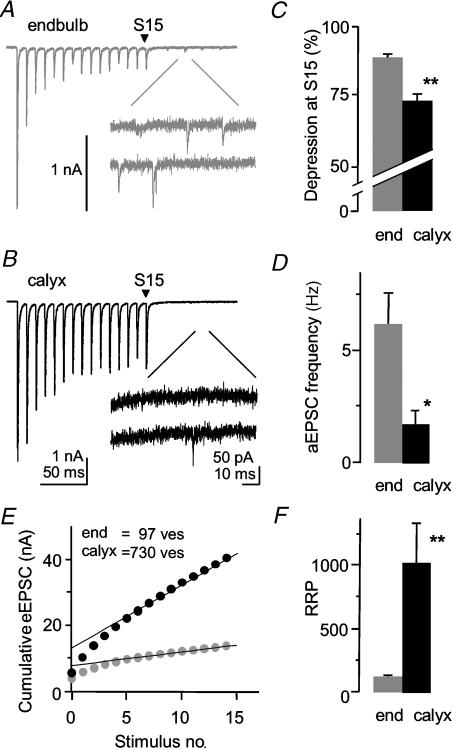Figure 3. Tetanic depression and asynchronous release are reduced at the calyx synapse.
A,B, fifteen pulses of high-frequency stimulation (100 Hz) caused less tetanic depression at the calyx versus the endbulb synapse. Spontaneous asynchronous release was reduced at the calyx versus the endbulb synapse in a 100 ms time period after the high-frequency train. Individual traces of individual cells. C, the amount of depression of the last stimulus (S15) relative to the first stimulus was significantly less at the calyx synapse (endbulb P14; calyx P14). D, the frequency of spontaneous asynchronous miniature EPSCs (aEPSCs) is significantly less at the calyx versus the endbulb synapse in normal mice. (Endbulb data in B and D from Oleskevich & Walmsley, 2002.) E, readily releasable pool size is significantly greater at the calyx synapse. Cumulative eEPSC amplitudes were measured from 15 stimuli at high-frequency (100 Hz). Extrapolation of linear fit yields y-intercept (NQav). Data from two individual cells. F, the number of vesicles in the readily releasable pool (RRP), calculated from NQav/Qav, is significantly greater at the calyx synapse. *Significant difference (P < 0.05) from normal animals. Error bars are s.e.m.

